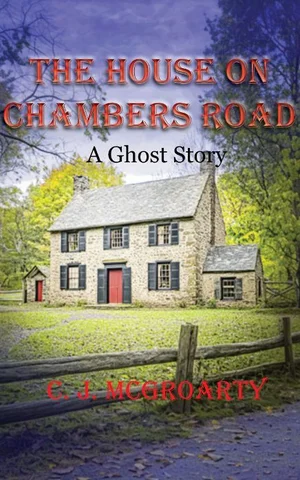Libby Casey, who runs a design business, is inexplicably drawn to a colonial house for sale. She thinks moving there may be the change she needs, as she’s still in the home where she lived with her beloved husband, Ray, who died only 18 months earlier. She’s not at her new home for long before strange things begin to happen: A chair scrapes across the floor in the dead of night, and a glove, which her border collie mix Buck had found, mysteriously moves. These are just the first of many similar incidents, all of which Libby soon attributes to a ghost, likely the former homeowner from back in the 18th century. She dives into the estate’s history assisted by a diary excerpt and her eccentric neighbor, who may be psychic (the woman dismisses labels). Libby will do whatever she can to get rid of this ghost so that she (and maybe the spirit, too) can live in peace. McGroarty zeroes in on the bright cast, providing enriching details; Libby still mourns her lost husband and has trouble sleeping. As the ghost seemingly takes over her life, she deals with assorted reactions: Her amiable business partner, Harry, is supportive, but her friend Diana, sadly, tends to question Libby’s unsettling experiences (“I just think you might need a rest”). Though the ghostly occurrences are more curious than frightening, a concurrent plotline set in the 1700s turns increasingly dark. Along with the alternating plotlines, Libby’s concise narration keeps everything moving at a steady clip as she inches closer to revealing secrets, including one of her own. The wrap-up is wholly satisfying for every character, both present and past.

